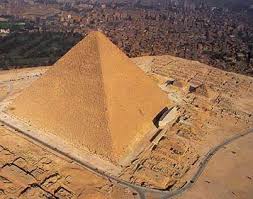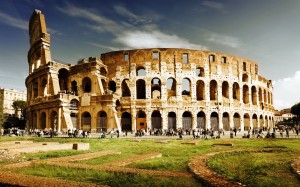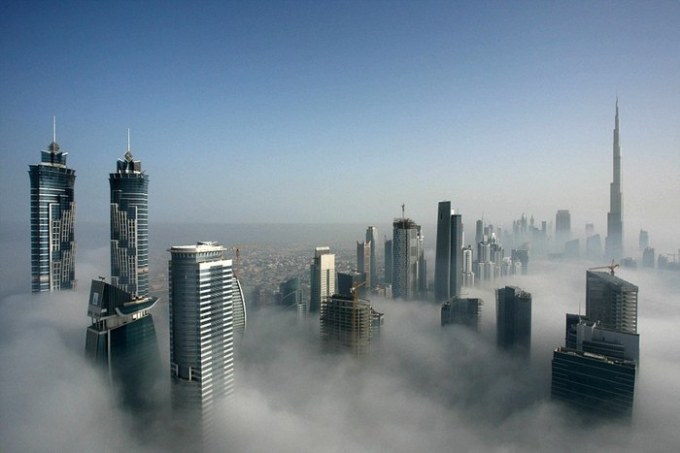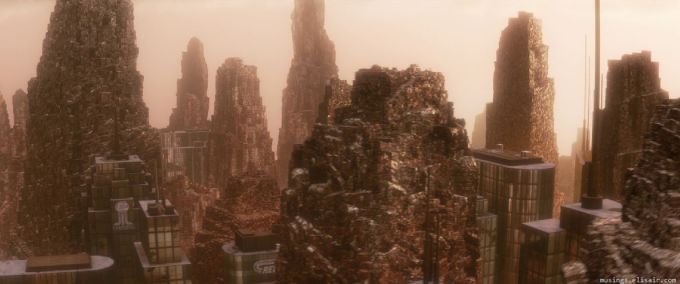In Monuments resides a powerful force, the force to affect of individual and collective human bodies and to subdue them in front of the immensity of the structures. Neo-marxists have discussed the important role of these massive bodies and their relation to their use of power; Lefebvre, for example, speaks of their complex relations to abstract space in The Production of Space (1992). But while they have this affective power that is crucial to legitimize the authority of states, there is also a more general symbolic claim that these monumental structures make, which I quickly explore. And this has to do with our present fascination, if not obsession, with historical monuments – which create a global flow of tourism to these historical cores comparable to a sort of modern peregrination.
Monumental structures of past civilizations are highly valued in our times. We look back at them with awe and wonder, and cherish them because it means something important to us: it validifies the moral importance of civilization, it justifies the transcendental culture over the circular processes of nature, and materializes the eternal potential of all humans through culture in spite of humanity’s temporality.
Those historical symbols of civilization such as the pyramids of ancient Egypt, the Colosseum of Rome, the Great Wall of China, and even Angkor Wat, Macchu Picchu.. can be seen as reflecting the symbol and sign of a civilization’s ‘mark’ over nature and over man’s temporal nature. While humans come and go, wars destroy the cities and the civilizations of the time, these millennial creations that remain with us today are symbols of the potential for man to make something ‘everlasting’, and ‘eternal’. To mark their footprint over the titans of time, and make them human creations for time immemorial.
While past historical monuments remain for us cherished objects of enchantment, onto which we project the justification for our domination over nature and the potential we are given to continually master it, what are the contemporary monuments that mark the present civilization’s ‘mark’ over nature?
Are they the phallic-like skyscrapers that penetrate nature vertically as a sign of man’s domination over nature? What is really going to remain on to future generations to admire and remain in awe of the present’s civilizatory force?
As we argue, the greatest monuments of our times will be not only the immense and mastodontic sky-reaching towers, but also the infinite fields of plastic and toxic waste that our a-natural society has produced during its fictitious presumption of mastery over nature. This duality of skyscrapers on one side and the mountains of waste on the other, has been masterfully juxtaposed in the Disney movie Wall-E, in which towers of garbage loom higher in the sky then their metal and glass counterparts.
This image is powerful, and symbolically omniscient in that it exposes the fiction of modern monumentalist culture, and its fallacious claim to transcendence over the natural world, which at the end is ‘us’. The claim over the natural is simply not tenable, because ‘we are nature’, ‘we are’ part of it and cannot do without it. The modern towers – the labor, the economy, the environment that created its conditions – are inherently dependent on the natural conditions that it tries to symbolically subdue. Therefore, these towers of garbage, which are the material manifestation of the modern claim of superiority over the natural, are the symbol of this fiction: the impossibility of man to live outside of nature, or, to over-impose himself over it.




